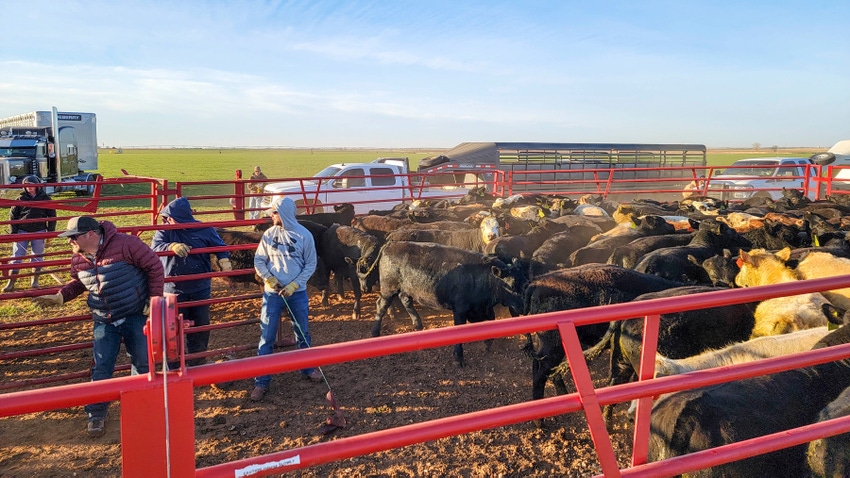Proactive Security: Bagley Risk Management Methods
Proactive Security: Bagley Risk Management Methods
Blog Article
Understanding Livestock Danger Security (LRP) Insurance: A Comprehensive Overview
Navigating the realm of livestock threat defense (LRP) insurance coverage can be a complicated undertaking for lots of in the farming industry. This sort of insurance policy supplies a safeguard versus market changes and unforeseen scenarios that might affect livestock manufacturers. By understanding the details of LRP insurance coverage, producers can make educated choices that may safeguard their operations from monetary risks. From just how LRP insurance operates to the different coverage alternatives readily available, there is much to discover in this detailed overview that might potentially form the means animals manufacturers approach danger monitoring in their companies.

How LRP Insurance Functions
Periodically, comprehending the auto mechanics of Animals Risk Protection (LRP) insurance coverage can be complicated, yet damaging down just how it works can supply quality for herdsmans and farmers. LRP insurance coverage is a danger administration tool created to secure animals manufacturers versus unanticipated cost decreases. It's essential to keep in mind that LRP insurance is not an income warranty; rather, it focuses exclusively on rate threat defense.
Qualification and Insurance Coverage Options

When it comes to insurance coverage alternatives, LRP insurance uses producers the versatility to select the protection level, protection period, and endorsements that best suit their threat monitoring requirements. By recognizing the qualification requirements and coverage alternatives readily available, animals manufacturers can make educated choices to handle risk effectively.
Benefits And Drawbacks of LRP Insurance Coverage
When examining Livestock Risk Security (LRP) insurance, it is important for livestock producers to consider the negative aspects and benefits fundamental in this danger administration device.

Among the main advantages of LRP insurance is its capacity to offer defense against a decline in animals prices. This can assist guard producers from economic losses resulting from market changes. In addition, LRP insurance coverage supplies a level of adaptability, allowing producers to personalize protection degrees and policy periods to match their details demands. By securing an ensured cost for their livestock, manufacturers can much better take care of risk and plan for the future.
Nevertheless, there are likewise some disadvantages to take into consideration. One constraint of LRP insurance policy is that it does not shield versus all kinds of risks, such as condition outbreaks or all-natural calamities. Furthermore, premiums can in some cases be costly, especially for producers with large animals herds. It is essential for manufacturers to thoroughly assess their individual risk exposure and economic circumstance to establish if LRP insurance policy is the ideal risk monitoring device for their operation.
Comprehending LRP Insurance Policy Premiums
Tips for Making Best Use Of LRP Conveniences
Maximizing the advantages of Livestock Risk Protection (LRP) insurance coverage needs calculated planning and proactive risk administration - Bagley Risk Management. To maximize your LRP protection, take into consideration the following tips:
Regularly Evaluate Market Conditions: Keep educated regarding market trends and cost changes in the animals market. By monitoring these variables, you can make educated choices regarding when to buy LRP protection to secure versus possible losses.
Establish Realistic Protection Degrees: When picking coverage levels, consider your production expenses, market price of animals, and prospective risks - Bagley Risk Management. Establishing realistic insurance coverage degrees guarantees that you are adequately secured without overpaying for unnecessary insurance policy
Diversify Your my response Insurance Coverage: As opposed to depending solely on LRP insurance, consider expanding your threat administration strategies. Incorporating LRP with various other threat management tools such as futures agreements or choices can supply extensive protection versus market uncertainties.
Review and Readjust Insurance Coverage Routinely: As market conditions change, regularly review your LRP protection to ensure it straightens with your existing risk direct exposure. Changing protection levels and timing of purchases can assist optimize your risk security method. By complying with these pointers, you can make best use of the advantages of LRP insurance policy and guard your animals operation against unexpected risks.
Conclusion
In verdict, livestock threat defense (LRP) insurance coverage is an important device for farmers to manage the economic threats linked with their livestock operations. By recognizing just how LRP works, qualification and coverage alternatives, as well as the pros and disadvantages of this insurance coverage, farmers can make informed decisions to secure their source of incomes. learn the facts here now By very carefully taking into consideration LRP premiums and implementing methods to make best use of benefits, farmers can mitigate possible losses and make certain the sustainability of their operations.
Livestock producers interested in getting Animals Risk Protection (LRP) insurance policy can discover an array of eligibility standards and coverage options tailored to their details livestock operations.When it comes to protection choices, LRP insurance coverage uses manufacturers the adaptability to choose the protection level, coverage period, and endorsements that ideal match their danger monitoring needs.To grasp the complexities of Livestock Danger Defense (LRP) insurance policy totally, recognizing the factors influencing LRP insurance premiums is critical. LRP insurance premiums are determined by different aspects, including the insurance coverage degree chosen, the expected rate of animals at the end of the insurance coverage duration, the type of livestock being insured, and the size of the insurance why not try this out coverage duration.Evaluation and Change Protection Consistently: As market problems change, regularly assess your LRP coverage to ensure it straightens with your existing danger exposure.
Report this page